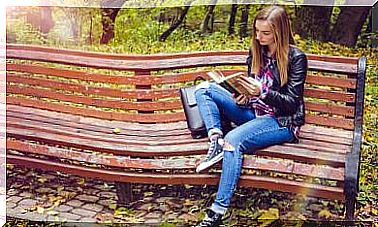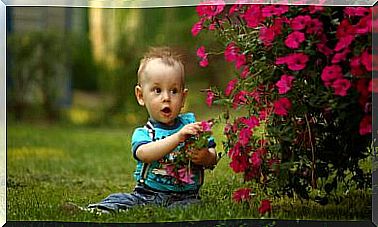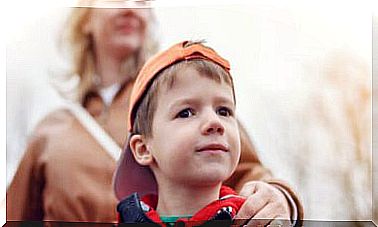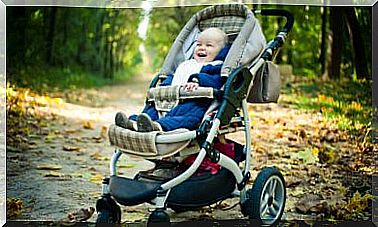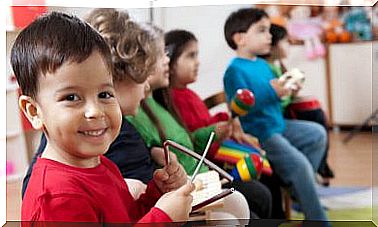Newborns And Pets
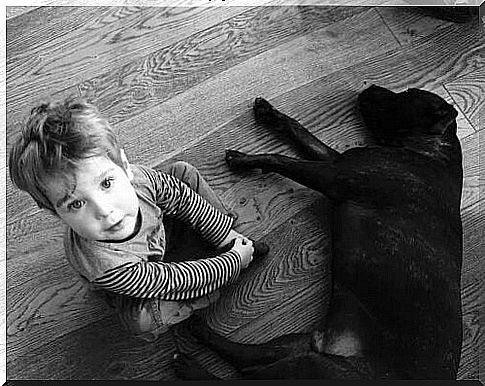
In this post, we will focus on how to approach the coexistence of dogs and cats (only these animals because they are the most common) with the new baby.
How can we integrate the dog or cat into the new dynamic of a family with a newborn?
This is one of the most frequently asked questions in pediatric consultations. Doctors always advise caution when introducing the newest family member to pets.
It turns out that, before having children, our pets were the center of our attention. Therefore, the darlings of the house, in one way or another, can feel left out with the arrival of a baby in the family.
Parents must closely monitor the approximations between the baby and the pet.
Baby and pet: progressive approach
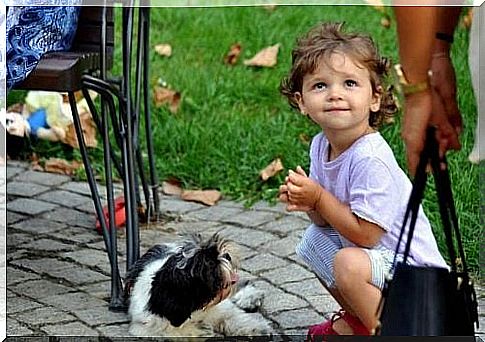
If you want to continue giving love and attention to your pet without harming your baby’s health, consider the following recommendations:
While it would be wonderful for our pet and baby to get along right from the start, there are many risks to be avoided during a child’s first year of life.
As pet owners, we must objectively analyze whether it is a calm, peaceful or aggressive animal. This will determine when we will be ready to bring you closer to the baby.
Both veterinarians and pediatricians agree that the best way to introduce the pet to the new family member is by holding the baby on your lap and allowing the pet to slowly approach. If it’s a dog, he’ll certainly want to sniff you.
After these first few moments, you can allow the dog to be around. But not in the crib or stroller. Furthermore, both must always be under your supervision.
The most important recommendation is to analyze what the puppy or kitten’s reaction is when the baby cries. Therefore, you should observe whether the animal is nervous when this happens or, conversely, whether it remains calm with the child.
After six months of age, when the baby can grasp things with his hands, you can be sure that the child will try to pet the pet.
There’s no reason for you to forbid her from playing with him. But remember that, right after contact with the animal, you should always wash your hands immediately. That’s because children often put their hands over their mouths.
When your child is a little over 12 or 18 months old, you can let them interact more with the dog. Certainly, you will find that it will be a great alternative to entertain your baby.
The Advantages of Having a Dog at Home
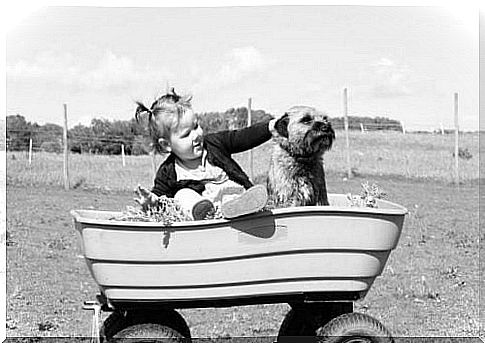
Allergy experts say the presence of an animal in the home, especially a dog, can help strengthen children’s immune systems.
For example, by generating microbes in the environment, called endotoxins, these animals will help fight agents that develop asthma and respiratory diseases.
However, it should be kept in mind that there are exceptions. In this sense, it is possible that the baby is vulnerable to the presence of animal hair. Sometimes hair causes dermatitis, allergic rhinitis, or conjunctivitis in babies.
For this reason, we must follow to the letter the recommendation to make a gradual approach.
This way, we will be able to observe if the baby has any adverse reaction whenever it approaches the animal. If this is the case, we must consult the physician immediately.
If you don’t notice anything unusual, then you can keep increasing the frequency of interactions. Little by little, it is also possible to shorten the distance between the child and the furry one.
Of course, it’s a good idea to separate the spaces from each other. We can allow moments of play and affection. But regarding the space where the baby eats or rests, it is important to keep the pet away. At least for the first three years.
Again, if you don’t notice any allergic reactions in the baby, there’s no reason to keep him away from the animal.
On the contrary, you can teach them to interact, respect each other and share a common space, such as the living room, the garden, etc.

